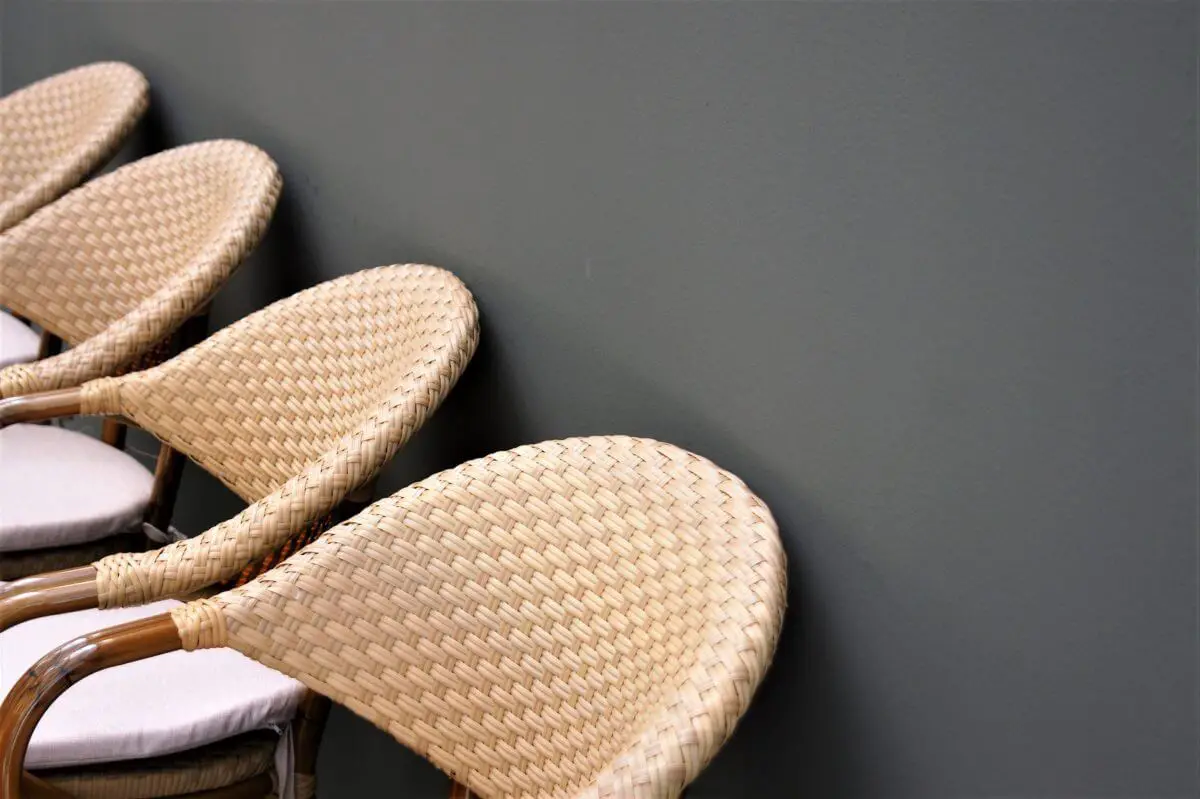Imagine yourself hunting for a magnificent decoration piece for your home or exquisite wooden furniture for your lawn or patio in a decorative item or furniture shop and someone you trust has suggested you to buy wicker furniture but you mistakenly end up buying the one made up of rattan or the other way around.
Do not be so hard on yourself. You are not the first person who has related or confused rattan and wicker as the same kind of decoration piece or same article of furniture. Many have gone through this and even experts’ eyes have been deceived. There are stark differences despite having the same appearance and similar designing for the very same purpose i.e. decoration or summer leisure.
You would be astonished to know that the wicker is not a material but a weaving technique. Unless you have seen Sir Christopher Lee stared movie the Wicker Man, I highly doubt that you know about that. It is one of the oldest most furniture trends of the world. This technique involves foraging natural raw materials at the initial stage. Then they are dampened sufficiently to weave in the desired shape that can be a decoration piece or an article of furniture. However, both terms rattan and wicker are interchangeably used in routine and are often confused by the majority of common folks. This arises the difficulty in understanding if both terms mean the same or they are entirely different. In reality, both wicker and rattan refers to entirely different things.
Rattan is a raw material while wicker is an exclusive weaving style. Usually, we hear both words used together as we commonly see wicker rattan weaves in decoration pieces and articles of furniture; that means a design in which rattan material is weaved in wicker style. I know that now, you are understanding that wicker is a weaving process to make furniture or decorating stuff using mostly rattan and sometimes other material. On the other hand, rattan describes the product or raw material of the product. I hope you all are now clear about what rattan is and what exactly is wicker?
Wicker
Wicker refers to the process of weaving special materials such as rattan to create furniture, baskets and other decorative items. It is one of the oldest weaving techniques in furniture making and dates back to ancient Europe where this technique was passed down through ages from father to son. It is still prevalent in our modern furniture designing industry. Wicker furniture has been discovered by archeologists that date back to 3000 B.C. Wicker weaving appeal to us by creative and distinctive designs that even wealthy pharaohs were not exempted from this magic. Tons of wickers weaved items such as boxes, baskets, chests, and chairs have been found inside the tombs of those wealthy pharaohs
In the early 1900s, Art and Craft moments resulted in the revival of Wicker weaving. Many were sought on a mission to revive this magnificent art alive. Many awareness campaigns were started and a lot of crafting seminars were held to save this treasured weaving art. It is considered as vintage and antique art but in reality, it also has several modern applications. Using the wicker technique, usually natural fibers are woven but recently wicker crafters have started to use synthetic resins as well.
Rattan
Unlike Wicker, Rattan is a type of natural raw material that is commonly used in weaving including Wicker weaving. This specie of naturally growing vine is native to Africa, Asia, Australia, and other tropical regions. To use in the weaving process, weavers peel away the skin of rattan. Moreover, the Rattan core is also useful for making a different type of furniture and is not wasted away after peeling away.
Rattan is a strong fibrous plant that has over 600 different species. It closely resembles Bamboo. Due to its flexibility, durability, attractiveness and lightweight material, it is highly popular in furniture making. Rattan strands are in high demand due to their use in baskets, furniture and décor items but it has also put the sustainability of the plant in question. Rattan strands cannot re-grow once prematurely cut down. Due to this reason, weavers are moving to environmentally friendly synthetic material options to combat the exploitation of rattan plants.
